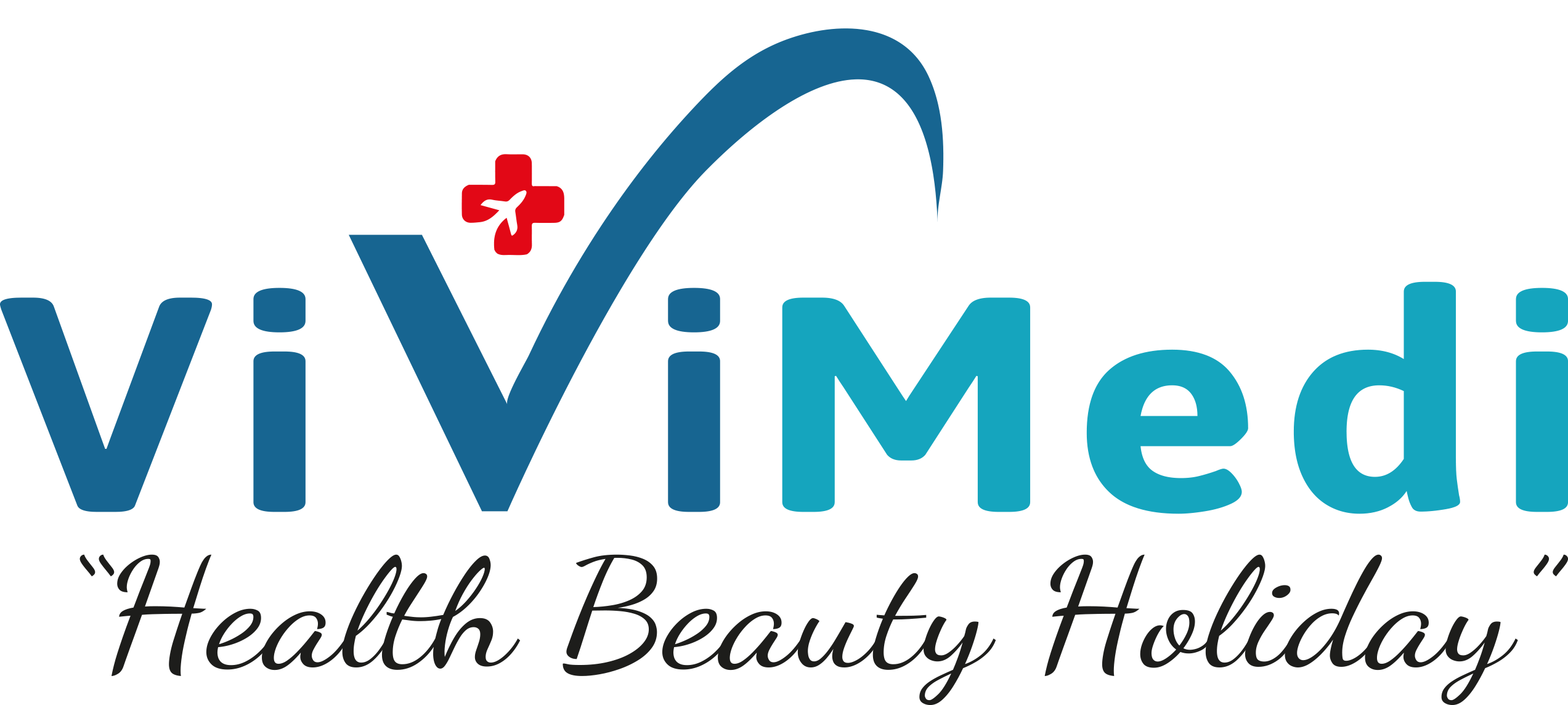Liposuction Surgery in Turkey
Liposuction in Antalya, Price in Turkey
For those who are having trouble losing stubborn weight, liposuction is a common cosmetic surgery technique. Most individuals have trouble losing fat in some regions of their bodies using traditional approaches, and sometimes diet and exercise just aren’t enough to give us the physique we want. You may get your ideal form on any part of your body using liposuction, often known as “lipo.”
You may learn about the process, costs, and top clinics for liposuction surgery on ViviMedi.
BRIEF OVERIEW
WHO IS THIS FOR
- Liposuction is appropriate for men and women with good skin elasticity, muscular tone, and who are within 30% of their optimum weight.
- People who are in good health and do not have any medical issues that might impede recovery.
- Nonsmokers do better with liposuction.
TREATMENT DURATION
If you get liposuction overseas, you may be required to stay at the clinic for up to one night. You will need to travel for 4 to 6 days.
RECOVERY TIME
- You should be able to return to work in 2-3 days.
- After two weeks, you can resume your routine activities.
- Bruising might be expected to remain for many weeks following liposuction.
POTENTIAL RISKS & SIDE EFFECTS
- Skin dimpling or contouring problems
- Bruises, soreness, swelling or pain
- Scars
- Changes in skin sensation
- Skin discoloration
SUCCESS
90% of those who have undergone liposuction say it was well worth it.
How Much Is Liposuction Surgery in Turkey?
The cost of liposuction varies depending on the technique used, where it is performed, and if it is paired with additional procedures.
The pricing disparity is determined by a variety of factors, including the cost of living, exchange rates, and practice expenses, which can vary substantially between countries.
| Country | Price (EUR €) |
| Turkey | €1,100 |
| Lithuania | €1,800 |
| Czech Republic | €1,850 |
| Poland | €1,900 |
| United Kingdom | €4,000 |
| Germany | €4,600 |
How Does Liposuction Work?
Liposuction surgery has grown in popularity in recent years. This is owing to its excellent success rate and the decreasing cost of liposuction both overseas and at home. Face, hips, abdomen, thighs, and buttocks are common places to enhance features. Liposuction can be done alone or in conjunction with other treatments including facelifts and tummy tucks. But what exactly is liposuction? And how does it function? All of your inquiries are answered below.
What Are The Different Types of Liposuction Surgeries?
Liposuction surgery comes in a variety of forms. Tumescent, ultrasound-aided, laser-assisted, and waterjet assisted are among the several varieties. If you’re not sure which liposuction technique is right for you, ViviMedi can help. Our Patient Managers will go through your choices with you and recommend the finest doctors and experts to assist you make your selection.
Tumescent
Tumescent liposuction is the most prevalent form of liposuction. In this operation, the surgeon injects a saline, epinephrine, and lidocaine solution into the region where fat deposits will be suctioned away. The use of this sterile injection facilitates suctioning the fat simpler and reduces discomfort and blood loss.
Ultrasound-Assisted
The surgeon employs ultrasonic technology to target and remove the excess fat in this treatment type, also known as vaser liposuction.
Laser-Assisted
The surgeon uses a laser to break fat cells and liquefy the fat in laser-assisted liposuction, also known as laser lipolysis. After the fat has been liquefied, it is removed.
Water-Jet Assisted
Pressurized saline is used in water-jet assisted liposuction (WAL). The saline stream is utilized to relax the fat cells rather than rupture them, allowing for a gentler removal procedure.
A Step-By-Step Guide to Liposuction in Turkey
Anaesthesia
General anesthesia is usually not required for tumescent liposuction, which is the most frequent type of liposuction procedure. Instead, you may be given a lidocaine local anesthetic mixed with a moderate sedative to remove fat in certain areas. If considerable amounts of fat need to be removed from various sites, the surgeon may utilize general anesthesia.
Placement of the Incision
The physician will begin the liposuction treatment by making small, discreet incisions at selected spots on the body after injecting the anesthetic medication. In most circumstances, the incision will be 1/4 to 1/3 inch (or 6 to 8 mm) in size. The surgeon will make the incisions in hidden locations or natural creases to minimize scarring. Liposuction surgeons often do not create extensive incisions unless the procedure is combined with another procedure, such as a tummy (stomach) tuck.
Fat Tissue Reduction
Following the incisions, the surgeon inserts a small cannula through the wound. This procedure is performed to remove excess fat from deeper tissue layers. The doctor will manipulate and dislodge the fat tissue by moving the cannula back and forth. After the fat cells have been disrupted, it is simpler to suction and remove them with a pump or syringe linked to the other end of the cannula.
Assisted Techniques
Your doctor may employ a number of procedures depending on the type of liposuction surgery you select. Heat-based treatments, such as ultrasound or laser-assisted techniques, may be used, or water jet-assisted techniques may be used for a less intrusive and more accurate treatment. The fat cells are liquefied using controlled heat or a pressured saline stream in these approaches. The surgeon does not have to physically manipulate the fat as much with these approaches. Patients will be given intravenous fluids before and after the treatment to compensate for body fluid and blood losses.
Closure of the Incisions
Sutures will be used to seal the incisions once the specific fat deposits have been removed. To drain excess fluid and reduce the risk of infection, temporary drain tubes may be put beneath the skin in the incisions. Sutures and drain tubes will be removed one week to ten days following the treatment. You will not need to return to the clinic to have the sutures removed if they are absorbable.
Post-Operative and Recovery Phases
The doctor will provide you with post-operative instructions after your liposuction procedure. You should plan on resting for a few days and wearing compression clothing for a few weeks. Prescriptions for drugs to minimize swelling and discomfort, as well as antibiotics to prevent infections, may also be issued.
What to Expect From Liposuction?
You should expect some post-operative edema for the first few weeks following liposuction. Most patients will notice 90% of the outcomes of their liposuction operations within four weeks. Fat should not return to the treated regions since the fat cells are permanently destroyed. If you gain weight following lipo, the additional fat may be stored elsewhere in the body.
Why Choose Vivimedi?
At ViviMedi, we consistently prioritize the requirements of our patients. We were founded in 2015 by doctors who think that healthcare should be freely and readily available to anyone, regardless of background. Whether you want to learn more about liposuction surgery or you’re ready to schedule an appointment, ViviMedi is here to assist!
We provide a completely free, non-binding evaluation. Our Patient Managers are eager to hear about your needs, goals, and concerns. If you choose to proceed, we’ll prepare a specific treatment plan for you and assist you in finding your best facility. All our physicians have been properly and carefully vetted, allowing you to select from the top liposuction experts in Turkey.

